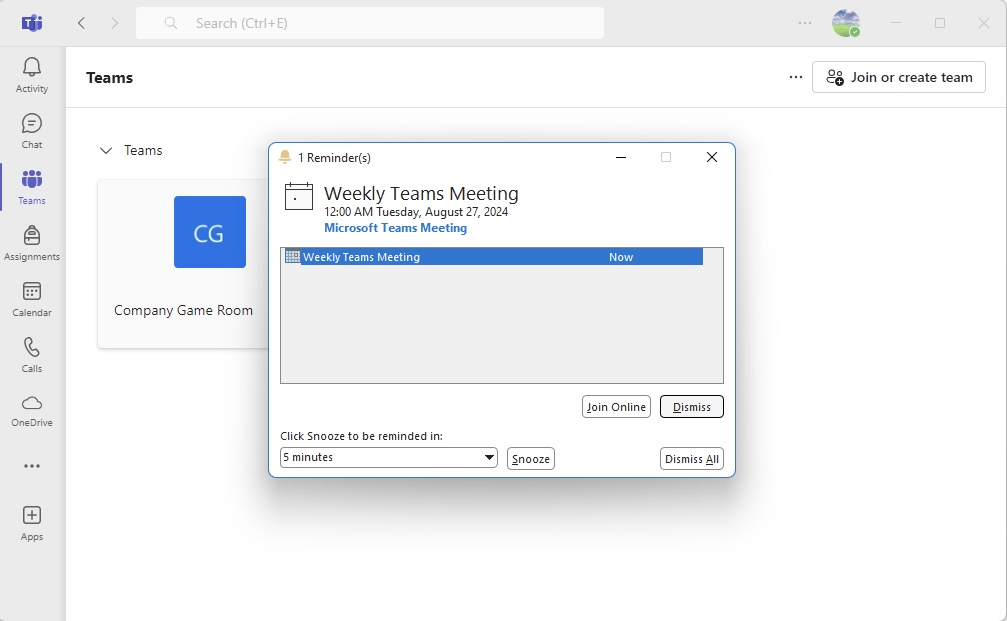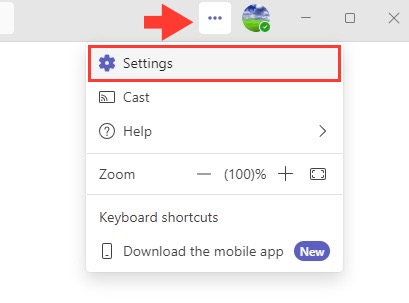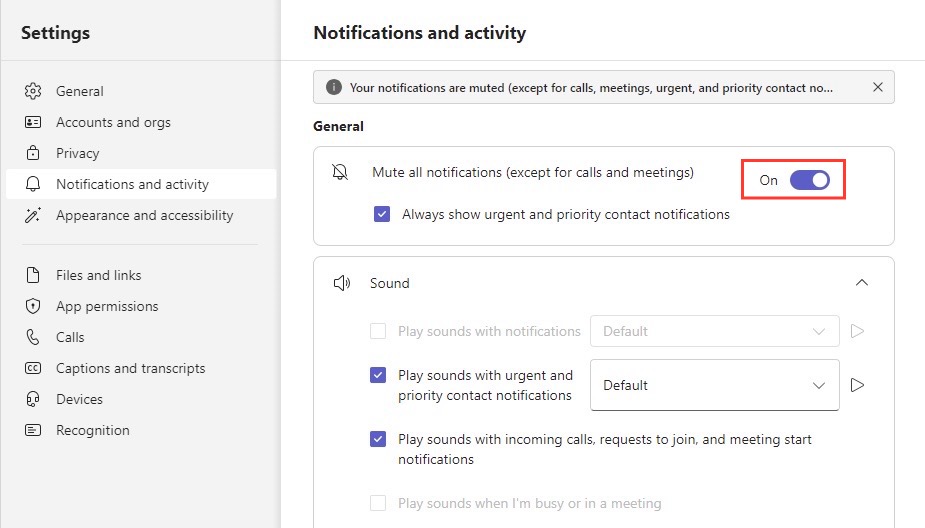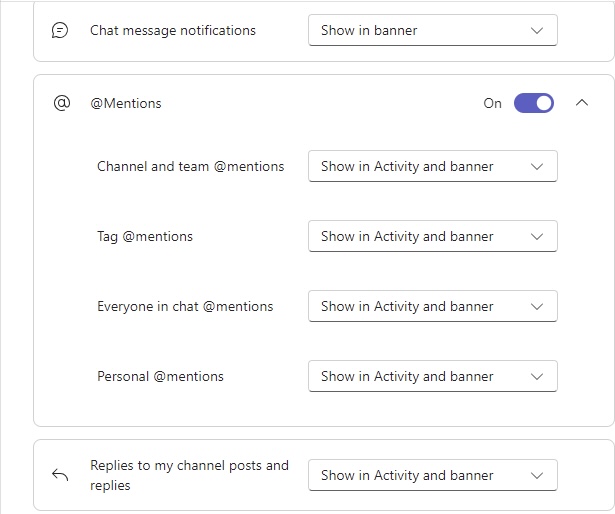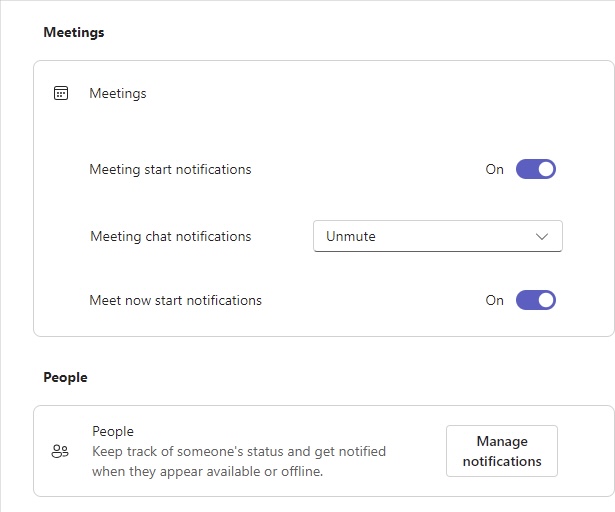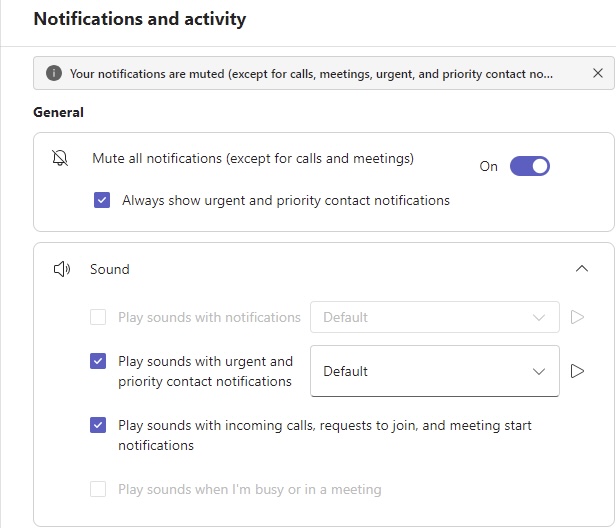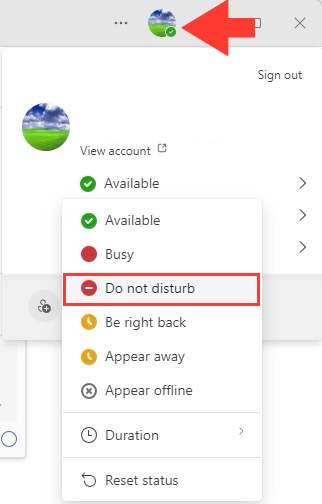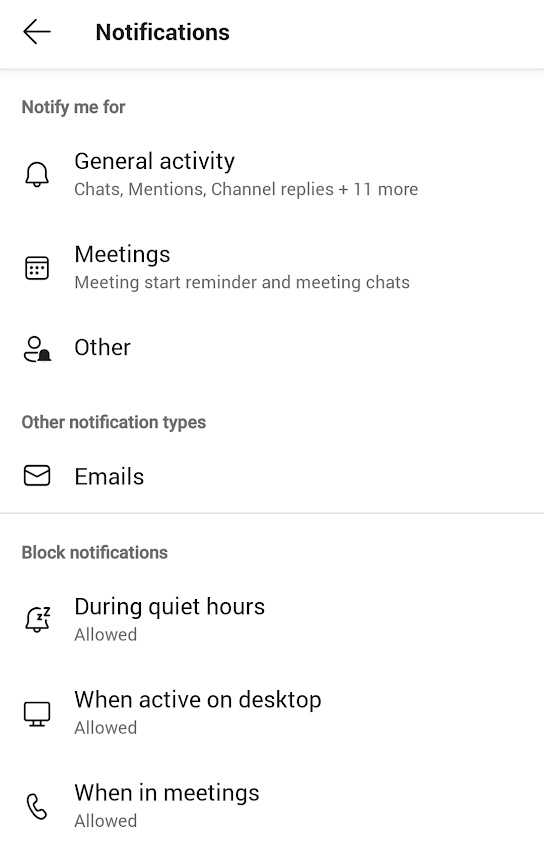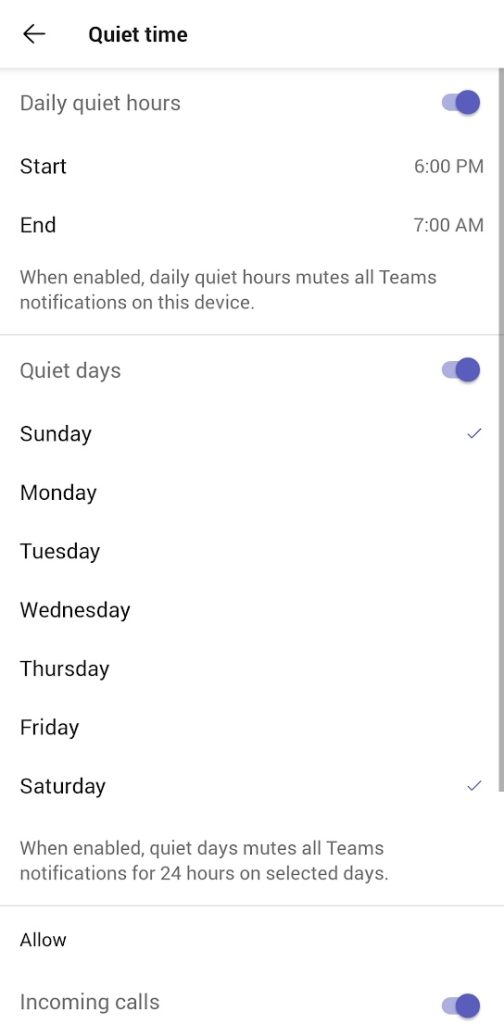As we delve into the world of Microsoft Teams, I find myself engrossed in how this platform is revolutionizing our daily communication. Notifications are the heartbeats of this bustling digital environment; they keep me informed and engaged with my team’s activities. However, there’s an art to managing these prompts effectively to maintain productivity. Navigating the notification landscape in Teams requires a nuanced understanding of its intricacies, and that’s exactly what we’ll explore together.
Key Takeaways
- Access the notification settings in Microsoft Teams by clicking your profile picture at the top right and selecting “Settings,” then choose “Notifications” from the left-hand panel.
- Customize your notification preferences within the Notifications page, turn off Microsoft Teams notifications for mentions, replies, likes, or other interactions as needed.
- Save your new preferences by clicking the “Save” button and restart Teams to apply the changes effectively.
Importance of Managing Notifications for Productivity
I’ve learned through experience that not all notifications are created equal; while some serve as critical reminders for immediate action, others can wait. Effectively managing my Microsoft Teams notifications is vital for maintaining focus and preventing distractions from hijacking my productivity. By tailoring notification settings to my personal workflow, I establish a controlled environment where important updates get the attention they deserve, while minor alerts remain on the backburner—this is not just a preference, it’s essential for sustainable work-life balance. Creating notification boundaries allows me to dive into deep work sessions without fear of constant interruptions.
Table of Contents
Types of Notifications in Microsoft Teams
Breaking Down Banner versus Feed Notifications
When we compare banner and feed notifications, it’s akin to contrasting a tap on the shoulder with a gentle nudge. Banner notifications burst onto my screen with a presence that’s hard to ignore. Positioned at the desktop client’s bottom right corner, their larger badge size makes them the more intrusive cousin of the two, popping up with quick previews of texts, mentions, or attachments. I can even craft a swift reply without leaving my current task.
On the flip side, feed notifications are more discreet, residing at the top left corner. They provide a less invasive approach, indicating new activity without the immediate details. However, when I’m in the chat section, feed notices give me a brief look into the content of the message allowing me to gauge its urgency at a glance.
Understanding Activity and Pop-Up Alerts
Activity and pop-up alerts are integral to how I stay informed on Teams. Think of activity alerts as gentle nudges, symbolized by the small red dot adorning the top-left notification bell—simple, nonintrusive, yet elegantly effective in signaling something awaits my attention. These notifications are more than just alerts; they’re the pulse of my ongoing collaborations, quiet yet omnipresent.
Pop-up notifications, on the other hand, encompass all forms of notifications that vie for immediate attention. Whether they manifest as banner alerts on my desktop, informing me of someone’s message, or the intermittent chimes on my mobile device, they serve a shared purpose: to make sure I don’t miss out on something important. However, it’s imperative to adjust these alerts to ensure they align with my priorities rather than disrupt them.
Customizing Notification Preferences
Step-by-Step Guide to Notification Settings
For those of us yearning for a sense of control over the digital noise, delving into Microsoft Teams’ notification settings is a breath of fresh air. Here’s how I streamline this process:
STEP 1: I click on the 3 dots at the top right of the Teams app. This grants me access to personal settings.
STEP 2: Within this space, I select “Settings,” a gateway to my personal preferences.
STEP 3: I navigate to the “Notifications and activity” tab. This is where the magic truly happens.
STEP 4: Acquainting myself with the array of options, I fine-tune my notifications with my workload rather than against it. Choosing notifications for desktop, mobile, or both, I make sure that my devices cheer in unison.
STEP 5: Lastly, I walk through more specific tweaks for channels, meetings, or mentions. After all, nuance is key. I ensure that my digital environment is tailored to my rhythm of productivity.
Once you’ve adjusted these settings, be sure to hit “Save,” if available, to make sure your preferences stick.
Advanced Options for Tailored Alerts
For the meticulous among us who demand precision in our digital interactions, advanced options in Microsoft Teams notifications provide a canvas to paint our personalized experience. I often find myself delving into these to craft a notification ecosystem that reflects my priorities. Here’s how:
Under the ‘Custom’ section, I can curate my alerts meticulously:
- For each team, I adjust the level of detail I want to receive, be it all messages, mentions, or just replies.
- I navigate to the ‘Channels’ to toggle on notifications for specific conversations that matter to me, ensuring I’m looped in without being submerged.
- ‘Chat messages’ settings allow me to differentiate between a one-on-one ping and a group debate.
- ‘Meetings’ deserve their own rules. I can set reminders or just receive critical updates like changes in the meeting details.
- Even ‘Apps’ notifications are within my realm, deciding how third-party tools communicate with me through Teams.
With these advanced options, my Teams environment becomes a customized communication dashboard, attending to my needs without increasing my cognitive load.
Turning Off Notifications – When and Why?
The Case for Muting: Focus Over Distractions
In the constant tug-of-war between focus and distractions, muting notifications emerges as a powerful ally. I often advocate for silencing the digital buzz during times when concentration is paramount. It’s about striking a balance between being reachable and maintaining a sacred headspace for deep work.
By muting notifications, I consciously choose focus over interruption, ensuring that my intellectual energy is channeled into the tasks that demand it. This act isn’t just a simple click; it’s a statement of intent—a commitment to unfettered productivity.
Specific Scenarios: Meetings, Channels, and Conversations
In my day-to-day use of Microsoft Teams, I’ve come to appreciate the finesse required to manage notifications across various scenarios. During meetings, for instance, silencing alerts is a courtesy to others and a boon to my own focus. I opt for a ‘Do Not Disturb’ status to ensure that my attention is unwavering and my participation is undiluted.
As for channels, they can be bustling hubs of activity. When I wish to focus on select topics, I tailor notifications to alert me only for priority discussions while muting the rest. This strategy keeps me tethered to the pulse of vital conversations without being overwhelmed.
Conversations, particularly active ones, also need careful attention. I may mute specific threads that are less relevant to me or that have outlived their immediate usefulness, maintaining a sleek and relevant chat feed.
Disabling Notifications on Different Devices
Silence Alerts on Your Desktop
On my desktop, invoking silence across Microsoft Teams is straightforward. I plunge into the notification settings, toggling on the ‘Do Not Disturb’ mode to vaunt the red flag that demands peace from the digital cacophony. With this sentinel mode engaged, I continue my ventures on the digital plains, unbothered by the usual flurry of notifications.
I ensure my productivity fortress remains impregnable by customizing the duration for the ‘Do Not Disturb’ mode, allowing me to plan periods of uninterrupted focus. This tactful pause on alerts is like drawing the curtains on distractions, providing me with a tranquil environment for profound concentration.
Managing Notifications on Mobile: Android and iPhone
Managing notifications on my mobile device requires a slightly different approach. Microsoft Teams for Android and iPhone grants me the flexibility to stay updated on the go, but I’m aware that not all alerts warrant an immediate response. So, I dive into the mobile app’s settings to establish when and how I receive notifications.
On both Android and iPhone, I choose to receive notifications “Always” or only “When I’m not active on desktop”—a decision guided by my mobility and work pattern. Moreover, I explore the ‘Quiet hours’ feature to safeguard my personal time, defining when Teams’ chirps are silenced, ensuring rest and rejuvenation remain undisturbed.
The mobile experience is about convenience without compromise — molding Teams to serve me timely updates while respecting my boundaries.
Solving Common Notification Challenges
Troubleshooting Lack of Alerts in Teams
When alerts in Teams go missing, it’s akin to a navigator losing their compass—I know I need to swiftly troubleshoot. Initially, I confirm that notifications aren’t muted in the sound settings and that I’ve enabled them in the Teams app. A quick restart of the app or my device often refreshes the system and restores order.
Recognizing that network connectivity can be a silent saboteur, I check my internet connection, because even the best-laid notification settings falter without a stable network. If these steps don’t revive my alerts, I reach out to the support team at Teams. I come prepared with vital details such as my device type, Teams version, and a log of recent updates. Their expertise helps navigate me through the storm, ensuring critical notifications once again find their way to me.
Ensuring Critical Notifications Still Get Through
When I wield the ‘Do Not Disturb’ shield in Microsoft Teams, I can strategically allow critical notifications to breach my focused fortress. By setting certain contacts as priority, or marking specific conversations as exceptions to the rule, I create a conduit for essential information that defies the otherwise strict embargo. This discerning filtration ensures that my attention is summoned only by the most pressing of matters.
To set this gated pathway for urgent notifications, I initiate it by marking chats or channels as priority. This is my digital triage in action—prioritizing the flow of information based on the immediacy and significance to my projects or deadlines. By doing so, I’m reassured that I’m reachable for the critical without being at the mercy of the trivial.
FAQ: Frequently Asked Questions
How can I completely turn off notifications for Microsoft Teams?
To completely turn off notifications for Microsoft Teams, I first open the Teams app and head to my profile to select ‘Settings’. Under ‘Notifications’, I then choose ‘Turn off all notifications’. This action silences every alert, treating me to digital tranquility. Remember, with no notifications, staying in the loop requires manual check-ins on Teams.
Can I disable notifications for specific channels or conversations only?
Absolutely, to disable notifications for specific channels or conversations in Microsoft Teams, I locate the channel or chat of interest and click on the three dots to access ‘More options’. From there, I select ‘Channel notifications’ or ‘Mute’ for individual chats. This selective silencing affords me control over where I direct my attention within Teams.
What to do if I’m not receiving any notifications on Teams?
If I’m not receiving any notifications on Teams, I first ensure my device’s sound settings aren’t on mute and that notifications are enabled within the Teams app. I also try restarting the app and checking my network connection. If issues persist, I check if I’m active on multiple devices, as Teams might suppress mobile alerts in such cases.
Is it possible to schedule ‘Do Not Disturb’ periods within Teams?
Yes, I can schedule ‘Do Not Disturb’ periods within Microsoft Teams to auto-mute notifications during specified times. By accessing ‘Settings’ and selecting ‘Notifications’, I use the ‘Quiet hours’ feature to define these periods, ensuring peace during my off-hours or focus times without manual input every day.
John Michaloudis is a former accountant and finance analyst at General Electric, a Microsoft MVP since 2020, an Amazon #1 bestselling author of 4 Microsoft Excel books and teacher of Microsoft Excel & Office over at his flagship MyExcelOnline Academy Online Course.

